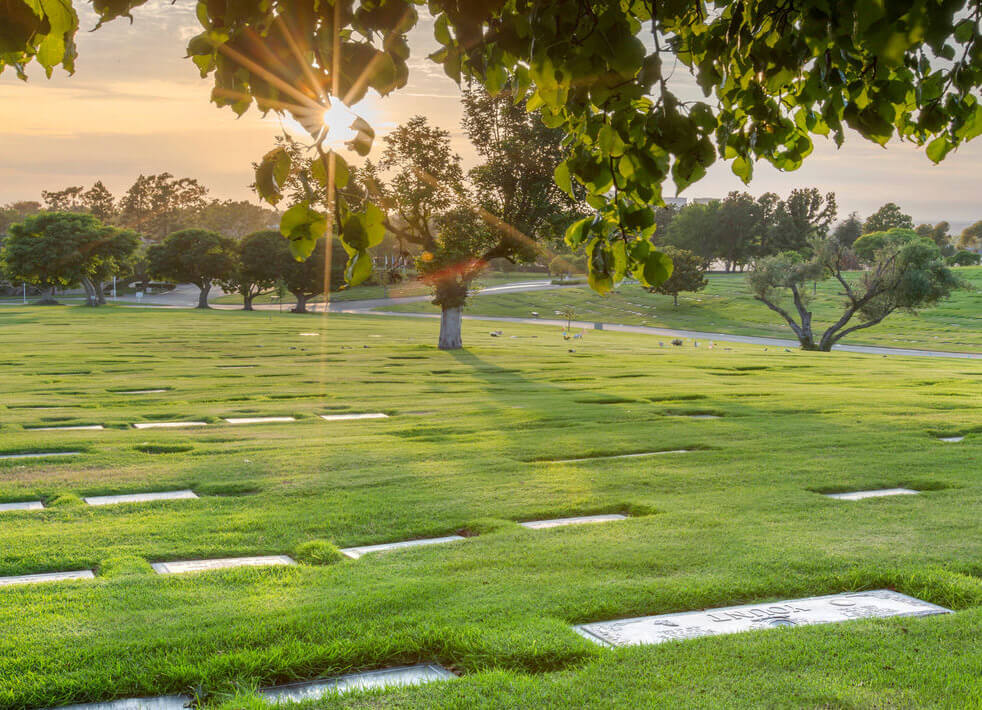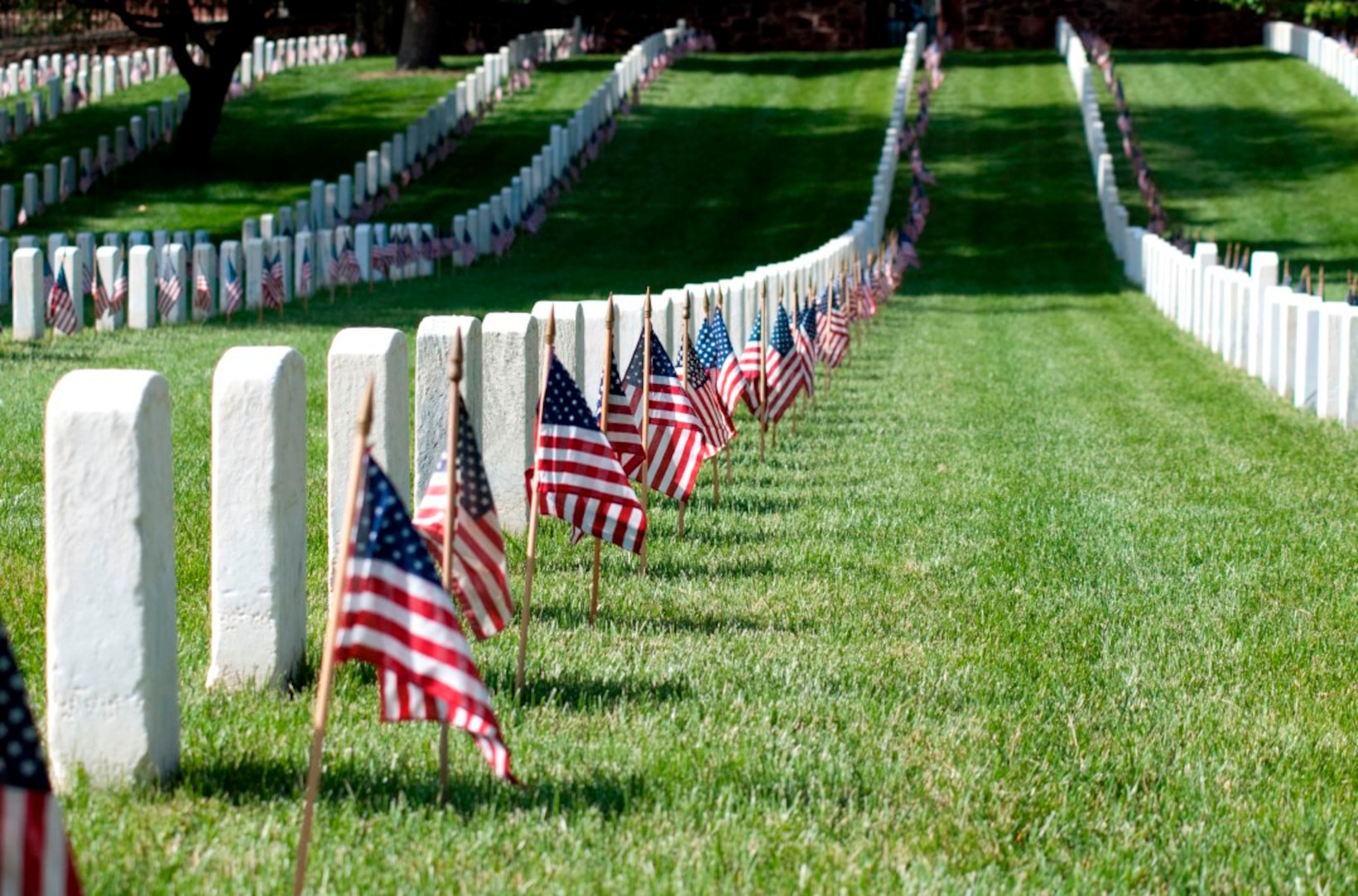
Silent Sentinels: The Enduring Legacy of America’s National Cemeteries
Beneath perfectly aligned rows of white marble and granite, stretching across meticulously manicured landscapes, lie the silent sentinels of American history: the veterans and service members who paid the ultimate price for their nation’s ideals. America’s national cemeteries are more than just final resting places; they are hallowed grounds, sacred landscapes that embody a profound national commitment to honor sacrifice, preserve memory, and stand as perpetual testaments to the cost of freedom. From the solemn grandeur of Arlington to the tranquil serenity of countless others across the nation and abroad, these cemeteries serve as poignant reminders of courage, unity, and the enduring spirit of a grateful nation.
The genesis of America’s national cemeteries can be traced directly to the harrowing aftermath of the Civil War. Before this brutal conflict, there was no systematic approach to burying fallen soldiers. Bodies were often interred hastily on battlefields, in mass graves, or wherever they fell, leading to widespread disrespect and the anguish of families unable to locate their loved ones. The sheer scale of casualties, reaching over 620,000 on both sides, demanded a more organized and respectful solution.
In 1862, Congress passed legislation authorizing the President to purchase land for national cemeteries for soldiers who died in the service of the country. This marked a pivotal moment, establishing a federal responsibility for the respectful interment of its military dead. The earliest national cemeteries, such as those at Gettysburg, Antietam, and Vicksburg, were established on or near the battlefields where thousands had fallen. These sites quickly became more than just burial grounds; they evolved into solemn outdoor museums, where the sacrifices of war could be contemplated and understood. President Abraham Lincoln’s immortal words at the dedication of the Soldiers’ National Cemetery at Gettysburg in November 1863—that the nation "shall have a new birth of freedom—and that government of the people, by the people, for the people, shall not perish from the earth"—forever linked these sacred spaces to the very soul of American democracy.
Today, the vast network of national cemeteries is primarily managed by the National Cemetery Administration (NCA), a division of the Department of Veterans Affairs (VA). With over 155 national cemeteries and more than 33 soldier’s lots and monument sites, the NCA provides burial and memorialization for millions of veterans and their eligible family members. Arlington National Cemetery, however, remains unique. It is administered by the Department of the Army, a distinction born from its unique history and status as the nation’s most iconic military burial ground.
Walking through any national cemetery is an experience imbued with a profound sense of reverence. The uniformity of the grave markers, typically simple white marble headstones, is striking. Each stone stands as an equal, regardless of rank, background, or social status in life, signifying the ultimate equalizer of death and the shared sacrifice of service. This visual harmony creates an overwhelming sense of collective purpose and quiet dignity. The perfectly aligned rows, stretching into the distance, create a powerful visual metaphor for the unending line of service members who have answered their nation’s call.
Beyond the aesthetics, the very ground beneath one’s feet holds layers of history and untold stories. Each headstone, though uniform in appearance, marks a unique life lived and a specific sacrifice made. Etched into their surfaces are names, ranks, branches of service, and dates, providing a concise biography of courage. Many also bear religious emblems or personal inscriptions chosen by families, offering a glimpse into the individual behind the uniform. These cemeteries serve as open-air archives, inviting contemplation and remembrance, allowing visitors to connect with the personal narratives that collectively form the tapestry of American military history.
The rituals surrounding interment in a national cemetery are deeply symbolic and emotionally resonant. Military funeral honors are a cornerstone of these ceremonies, ensuring that every eligible veteran receives a dignified and respectful farewell. This typically includes a flag presentation ceremony, where a casket team folds the American flag into a symbolic triangle and presents it to the next of kin, often accompanied by the poignant words: "On behalf of the President of the United States, the United States Army [or other service branch], and a grateful nation, please accept this flag as a symbol of our appreciation for your loved one’s honorable and faithful service." The playing of "Taps," a 24-note bugle call, is another powerful element, its melancholic melody echoing across the hallowed ground, signaling the end of a day and the end of a soldier’s life. For active duty personnel and some veterans, a rifle salute (typically a three-volley salute with seven service members) adds to the solemnity, a final salute to a fallen comrade. These ceremonies are not merely traditions; they are vital expressions of national gratitude and a source of solace for grieving families.
Arlington National Cemetery stands as the nation’s most revered military cemetery, a place of pilgrimage for millions annually. Its rolling hills are home to the graves of more than 400,000 service members, veterans, and their eligible dependents, spanning every major conflict from the Revolutionary War to the present day. Among its most iconic features is the Tomb of the Unknown Soldier, dedicated in 1921. This hallowed monument commemorates unidentified service members who died in war, representing all those whose remains were never identified. The Tomb is guarded 24 hours a day, 365 days a year, by elite members of the U.S. Army’s 3rd U.S. Infantry Regiment (The Old Guard), an unbroken vigil that symbolizes America’s eternal gratitude and respect for its fallen. The Changing of the Guard ceremony, performed with meticulous precision and silent reverence, is a powerful display of military discipline and enduring commitment.
Beyond the Tomb, Arlington hosts other notable gravesites, including that of President John F. Kennedy, whose eternal flame burns brightly, and the Custis-Lee Mansion, the former home of Confederate General Robert E. Lee, dramatically overlooking the Potomac River. The presence of these figures, from presidents to Medal of Honor recipients, and countless unsung heroes, solidifies Arlington’s status as a living museum of American history and sacrifice.
While Arlington holds a special place, other national cemeteries also tell compelling stories. Gettysburg National Cemetery, a direct outgrowth of the Civil War’s deadliest battle, stands as a testament to the immense human cost of disunity and the ultimate healing of a nation. Vicksburg National Cemetery, with its sprawling landscape overlooking the Mississippi River, contains the graves of over 17,000 Union soldiers, more than any other national cemetery. These sites, and many others, are not merely places of interment but also educational resources, providing context and understanding for visitors seeking to grasp the realities of war and the sacrifices made for peace.
The eligibility for burial in a national cemetery reflects the nation’s broad appreciation for military service. Generally, veterans discharged under conditions other than dishonorable, and their spouses and dependent children, are eligible. This policy ensures that the commitment made by service members is recognized not just for their lifetime, but also in their final rest, and extends to those who supported them throughout their journey.

In an increasingly fast-paced and often fragmented world, national cemeteries offer a vital space for reflection and remembrance. They are places where the noise of daily life fades, replaced by a quiet contemplation of courage, duty, and sacrifice. On Memorial Day and Veterans Day, these cemeteries become focal points for national remembrance, drawing crowds of families, veterans, and citizens who come to place flags, lay wreaths, and simply pay their respects. These annual observances reinforce the enduring contract between the nation and those who serve.
However, the management of national cemeteries also faces challenges. As the population of veterans grows and the conflicts of the 20th and 21st centuries continue to add to the rolls of eligible service members, space becomes a critical concern. The NCA continuously works to expand existing cemeteries and establish new ones to meet future needs, often through careful land acquisition and innovative design to maximize interment capacity while maintaining the sacred character of the grounds. Preserving the historical integrity of older sites while ensuring modern accessibility and amenities is a delicate balance.
In conclusion, America’s national cemeteries are more than just acres of land dotted with headstones; they are profound symbols of a nation’s soul. They are repositories of courage, landscapes of memory, and solemn reminders that freedom is not free. Each white marker, each perfectly manicured lawn, each whispered "Taps" carries the weight of history and the promise of remembrance. They stand as enduring tributes to the men and women who, in their unwavering commitment to duty, honor, and country, secured the liberties we cherish. As long as these silent sentinels stand, so too will the memory of their sacrifice, forever etched into the heart of a grateful nation.



